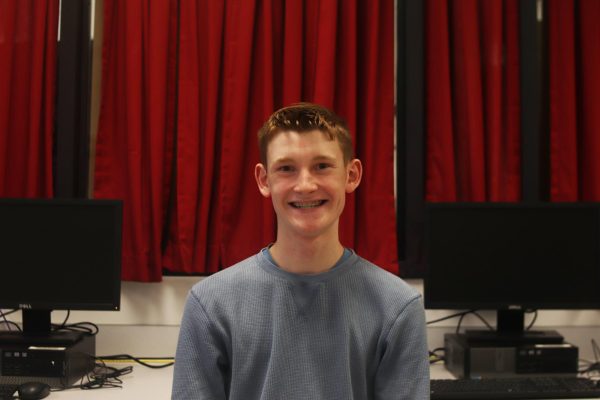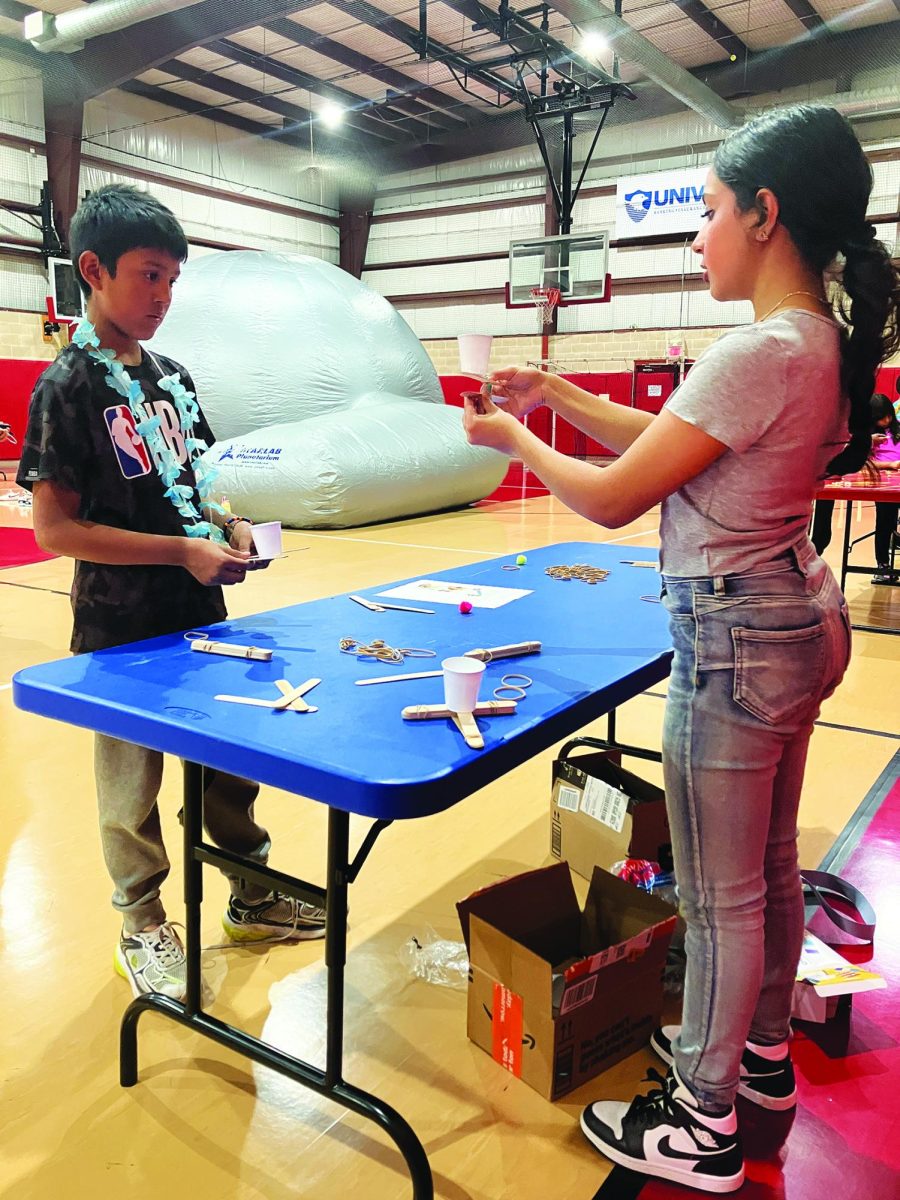To keep young people interested in space, NASA is sending four astronauts around the moon and back in April of 2024 as part of the Artemis II Mission.
NASA will be launching the Artemis II Missions with the intent to launch around the Moon, circle it and come back.
“The Mission will launch from the Kennedy Space Center in Florida; they will use the [Space Launch System] rocket. The astronauts will be in the Orion capsule where they will stay for the duration of their flights,” science teacher Kelly McDonough said.
The mission is not the first in the Artemis series, but it is the first manned mission. Four astronauts will be stationed in the Orion capsule.
The crew consists of commander Reid Wiseman, pilot Victor Glover, mission specialist Christina Koch and mission specialist Jeremy Hansen.
The Mission is working to solve many of the problems of the first Artemis Mission.
“They’re going to test out everything on the Orion capsule before we actually land astronauts on the Moon,” McDonough said. “[This is] to make sure all the life support systems work, make sure all the guidance works when they launch Artemis. One that was unmanned, it had some cracks in the heat.”
According to McDonough, NASA is using the Artemis II Mission to receive public interest in space exploration. They have started using the term the Artemis Generation to help increase public interest for NASA.
“People got very interested in space when we first sent a man to the Moon back during the Cold War, so I think people are interested in space exploration. I think this Mission is going to help,” junior Liam Gibson said.
NASA is using the mission to encourage young people to be more interested in space.
“They’re calling it the Artemis generation. My parents had Apollo and got super excited about space. Now, Artemis, a big part of its goal, is to get people really excited about the Moon and space,” McDonough said.
With NASA returning to the Moon, the public has expressed a multitude of opinions.
According to Gibson, people do not find space as interesting as they did in the Cold War. That was where public interest in space peaked.
Now, people wonder if space travel is worth doing.
With the concern in whether space is necessary or not, freshman Eli Lacher believes that few people think space travel is worth doing.
“Not most people,” Lacher said, “but there’s definitely a demographic of them, but most stopped caring.”
With many people no longer caring about the stars, NASA is trying to find more support from the public.
According to McDonough, the mission has been delayed.
The original plan was to launch in the spring of this year, but due to complications with the Orion capsule, the mission will not happen until April of next year.
The mission is also under stress from other factors.
“Some efficiency acts that Trump is trying to put into action won’t help NASA. I’m sure NASA saw that coming in a way because he’s been campaigning this. The fact that it still says that they’re expected to do this in 2026 tells me that they’re probably ready,” Gibson said.
Artemis II Mission launches Artemis generation
By making the Artemis II Mission, NASA intends on making the younger generation more interested in space exploration. The mission will launch in April 2026
1
More to Discover
About the Contributor

Cole DiNardo, Staff Writer





